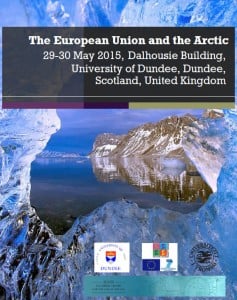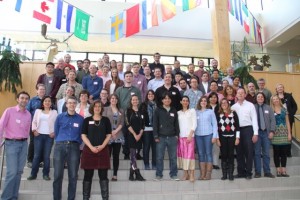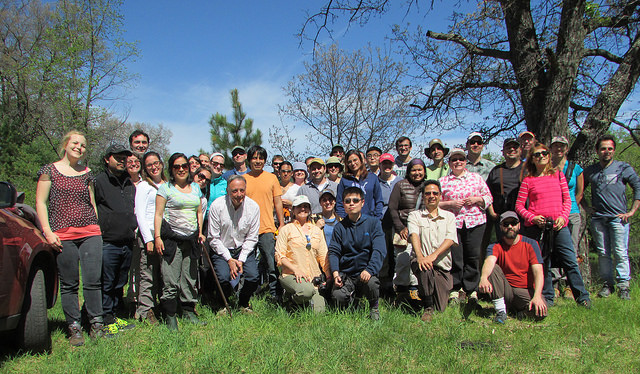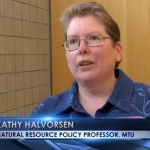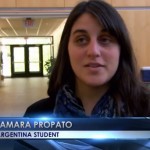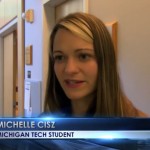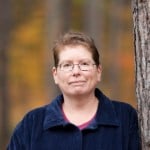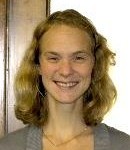 Associate Professor Adam Wellstead (SocSci) presented a paper “Beyond Adaptive Capacity: Policy Capacity and Climate Change Adaptation Assessments and Frameworks” at the Midwest Public Affairs Conference in Milwaukee on July 9-11, 2015.
Associate Professor Adam Wellstead (SocSci) presented a paper “Beyond Adaptive Capacity: Policy Capacity and Climate Change Adaptation Assessments and Frameworks” at the Midwest Public Affairs Conference in Milwaukee on July 9-11, 2015.
Wellstead chaired the Environmental Policy session. The topic of the 2015 Midwest Public Affairs Conference was “Restructuring Governance: Emerging Solutions for Advancing the Public Interest.” The conference was hosted by the UWM Department of Public and Nonprofit Administration and the Helen Bader Institute for Nonprofit Management.





